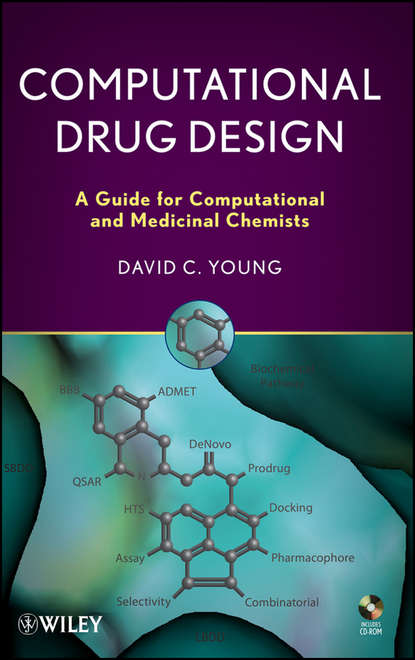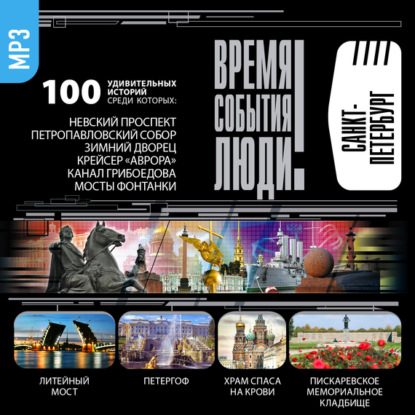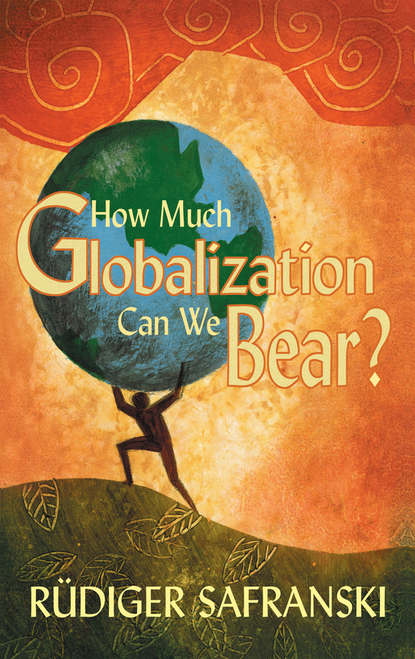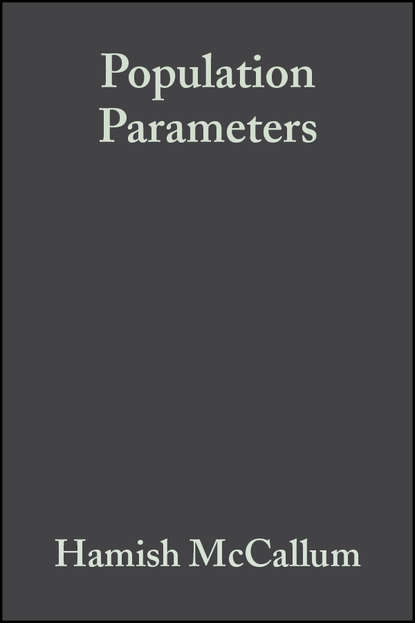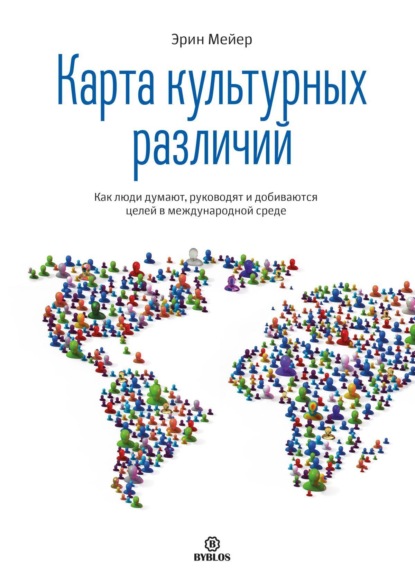Книга "Computational Drug Design. A Guide for Computational and Medicinal Chemists" рассказывает о методах разработки лекарств с помощью компьютерного моделирования. Автор представляет различные процессы и инструменты, используемые фармацевтическими химиками при создании новых молекул лекарств. Книга разделена на три части. Первая часть посвящена процессу разработки лекарств и предлагает несколько методов, подходящих для разных целей и типов лекарств. Автор демонстрирует, как компьютерные техники используются в процессе разработки, помогая читателям выбрать лучшие инструменты для достижения своих целей. Вторая часть посвящена различным компьютерным техникам, каждая глава посвящена отдельной технике. Читатели узнают о преимуществах и недостатках каждой техники, а также получат объективное сравнение доступных методов. Третья часть книги затрагивает новые и развивающиеся технологии, такие как биоинформатика, симуляции на уровне клеток и органов, предсказание пути синтеза, протеомика и подходы с прокладкой медикаментов. Особенностью книги является диск CD-ROM, который содержит графику молекулярных структур и динамических реакций, обсуждаемых в книге, а также демонстрации программного обеспечения для компьютерного проектирования лекарств. Книга "Computational Drug Design" идеально подходит как для студентов, так и для профессионалов в области разработки лекарств, помогая им выбрать и полностью использовать лучшие компьютерные инструменты, доступные на рынке. Обратите внимание, что CD-ROM/DVD и другие дополнительные материалы не входят в состав электронной книги.
“Computational Drug Design: A Guide for Computational and Medicinal Chemists” by D. Young and C. provides helpful guidance on computational drug design and the appropriate tools and techniques for pharmaceutical chemists.
The book starts by introducing the reader to the drug design process and its various stages. It then goes on to discuss the computational tools and techniques used in drug design, including their strengths and weaknesses. The book also provides comparative accuracy studies to help readers choose the most appropriate techniques for their specific drug design scenarios.
Part One of the book, “The Drug Design Process,” provides an overview of the different drug design processes that can be used, such as computer-aided drug design (CADD), molecular docking, and quantitative structure-activity relationship (QSAR) analysis. The author explains how these techniques are used to design new drug molecules and how they can help pharmaceutical chemists make informed decisions.
In Part Two of the book, “Computational Tools and Techniques,” the reader is introduced to a range of computational tools and techniques, including molecular modeling, molecular dynamics simulations, and artificial intelligence. Each chapter focuses on a single technique, explaining its strengths and limitations, as well as providing examples of its use in drug design.
Finally, Part Three of the book provides a review of the computational drug design process, discussing the importance of collaboration between computational and medicinal chemists, the role of experimental validation, and the need for continuous improvement in computational techniques.
Overall, “Computational Drug Design” is a comprehensive guide for computational and medicinal chemists interested in drug design. The book provides valuable insights into the process of designing new drug molecules, as well as the appropriate computational tools and techniques that can be used to achieve success.
Эта книга дает отличное представление о современных вычислительных методах и технологиях в области разработки лекарственных средств специально для компьютерных химиков и фармацевта.
Электронная Книга «Computational Drug Design. A Guide for Computational and Medicinal Chemists» написана автором D. Young C. в году.
Минимальный возраст читателя: 0
Язык: Английский
ISBN: 9780470451847
Описание книги от D. Young C.
Helps you choose the right computational tools and techniques to meet your drug design goals Computational Drug Design covers all of the major computational drug design techniques in use today, focusing on the process that pharmaceutical chemists employ to design a new drug molecule. The discussions of which computational tools to use and when and how to use them are all based on typical pharmaceutical industry drug design processes. Following an introduction, the book is divided into three parts: Part One, The Drug Design Process, sets forth a variety of design processes suitable for a number of different drug development scenarios and drug targets. The author demonstrates how computational techniques are typically used during the design process, helping readers choose the best computational tools to meet their goals. Part Two, Computational Tools and Techniques, offers a series of chapters, each one dedicated to a single computational technique. Readers discover the strengths and weaknesses of each technique. Moreover, the book tabulates comparative accuracy studies, giving readers an unbiased comparison of all the available techniques. Part Three, Related Topics, addresses new, emerging, and complementary technologies, including bioinformatics, simulations at the cellular and organ level, synthesis route prediction, proteomics, and prodrug approaches. The book's accompanying CD-ROM, a special feature, offers graphics of the molecular structures and dynamic reactions discussed in the book as well as demos from computational drug design software companies. Computational Drug Design is ideal for both students and professionals in drug design, helping them choose and take full advantage of the best computational tools available. Note: CD-ROM/DVD and other supplementary materials are not included as part of eBook file.
